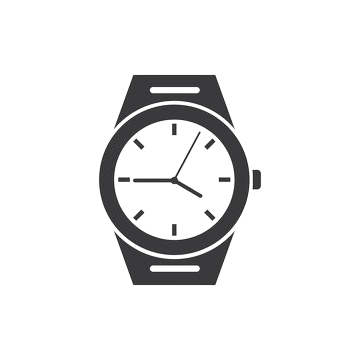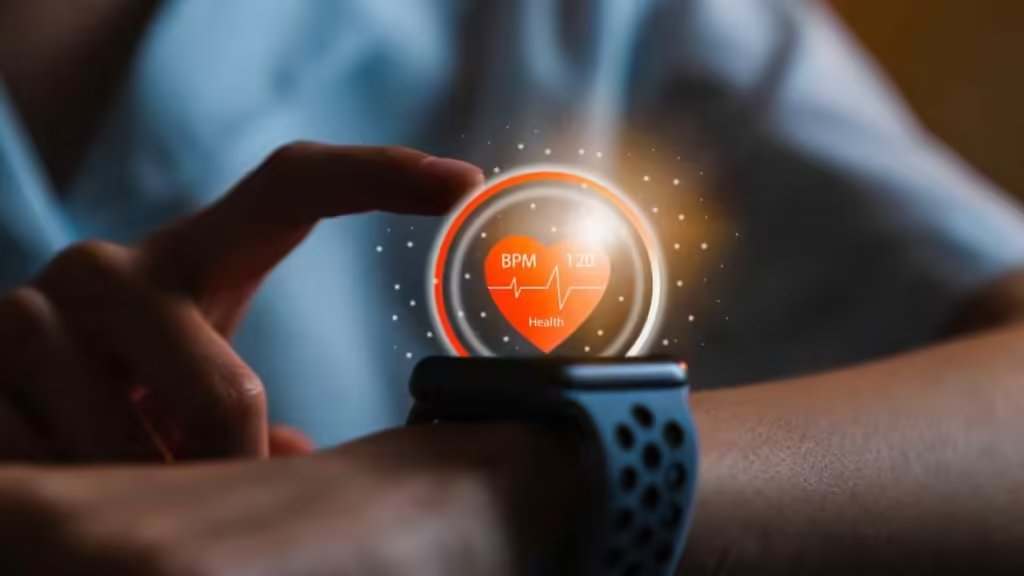Wearable technology, particularly smartwatches, has rapidly evolved into a vital tool for monitoring chronic health conditions. By combining advanced sensors with connectivity features, these devices provide real-time health data, empowering users and healthcare providers to manage health more effectively. Here’s a look at how smartwatches are revolutionizing the monitoring of chronic conditions.
1. Continuous Health Monitoring
Smartwatches are equipped with various sensors that allow for continuous monitoring of vital health metrics, including:
- Heart Rate: Many smartwatches can track heart rate variability, offering insights into cardiovascular health and helping detect irregularities.
- Blood Oxygen Levels: Sensors can measure blood oxygen saturation (SpO2), which is crucial for conditions like COPD and sleep apnea.
- Electrocardiograms (ECG): Some models feature ECG capabilities, enabling users to take heart readings that can help identify arrhythmias.
2. Data Collection and Analysis
Wearable devices collect vast amounts of health data, which can be invaluable for managing chronic conditions:
- Trends and Patterns: Continuous data collection allows users and healthcare providers to identify trends over time, facilitating better management of conditions like diabetes and hypertension.
- Alerts and Notifications: Smartwatches can send alerts if they detect anomalies, such as elevated heart rates or irregular rhythms, prompting timely medical intervention.
3. Integration with Health Apps
Many smartwatches integrate seamlessly with health apps, enhancing their functionality:
- Personal Health Dashboards: Users can view their health metrics in real time, allowing for informed decision-making regarding lifestyle changes and medication adherence.
- Data Sharing: Users can share their health data with healthcare professionals, enabling collaborative management of chronic conditions and personalized treatment plans.
4. Promoting Healthy Lifestyles
Smartwatches encourage users to adopt healthier habits through features that promote physical activity and wellness:
- Activity Tracking: Step counts, exercise reminders, and goal-setting features help users stay active, which is essential for managing conditions like obesity and type 2 diabetes.
- Sleep Monitoring: Quality sleep is crucial for overall health. Many smartwatches track sleep patterns, helping users understand how their sleep habits affect their chronic conditions.
5. Empowering Patients
Wearable health tech fosters a proactive approach to health management:
- Patient Engagement: Users gain insights into their health, encouraging them to take charge of their conditions and adhere to treatment plans.
- Education and Awareness: Many devices come with educational resources that inform users about their conditions, helping them make better lifestyle choices.
6. Challenges and Considerations
While smartwatches offer numerous benefits, there are challenges to consider:
- Data Privacy: Users must be aware of privacy concerns regarding the collection and sharing of health data.
- Accuracy and Reliability: While many wearable devices provide useful data, they are not always as accurate as clinical devices. Users should consult healthcare providers for significant health concerns.
- Accessibility: There can be a gap in access to these technologies, particularly for older adults or those in underserved communities.
Conclusion
Wearable health tech, particularly smartwatches, plays an increasingly important role in monitoring and managing chronic conditions. By providing continuous data collection, facilitating patient engagement, and promoting healthy lifestyles, these devices empower users to take control of their health. As technology advances, the integration of wearable devices into healthcare systems will likely enhance patient outcomes and transform the management of chronic conditions, making health monitoring more accessible and effective than ever before.



